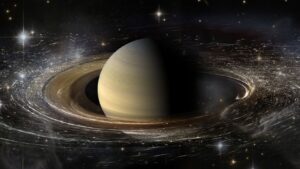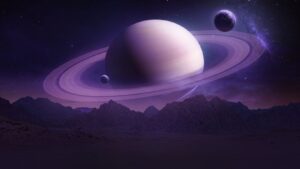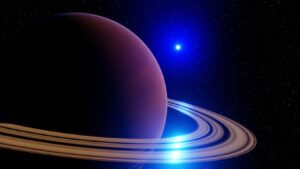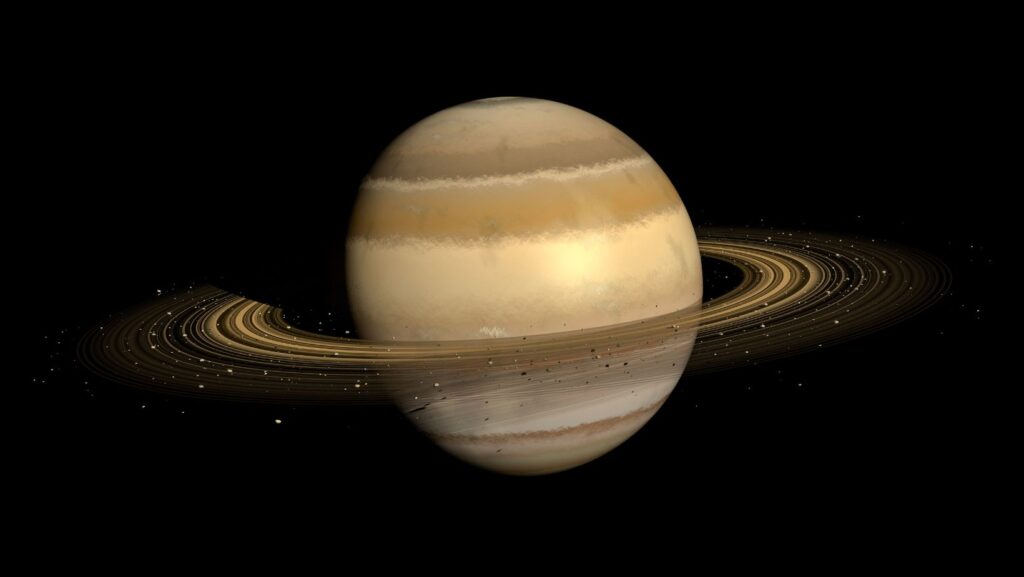Saturn, the sixth planet from the Sun, has long fascinated astronomers and space enthusiasts alike. Known for its stunning rings, this gas giant offers a glimpse into the wonders of our solar system. With advancements in technology, scientists continue to uncover new secrets about Saturn for soccer tricks, sparking curiosity and excitement.
The planet’s majestic rings, composed of ice and rock particles, create a breathtaking spectacle that captures the imagination. Beyond its visual appeal, Saturn’s complex atmosphere and intriguing moons present a wealth of scientific opportunities. Researchers are eager to explore its mysteries, from the swirling storms on its surface to the potential for life on its moon, Enceladus.
As we delve deeper into the mysteries of Saturn, each discovery brings us closer to understanding the complexities of our cosmic neighborhood. The allure of this distant world continues to inspire exploration and fuels the quest for knowledge about our universe.
Cool:t7kjyoaf7lm= Saturn
 Saturn captivates astronomers and enthusiasts with its iconic rings and intriguing features. Its rings, composed mainly of ice and rock fragments, form the most extensive and complex ring system in the solar system. They are divided into seven groups named alphabetically in the order they were discovered. Gaps between these rings, such as the Cassini Division, reveal fascinating dynamic processes.
Saturn captivates astronomers and enthusiasts with its iconic rings and intriguing features. Its rings, composed mainly of ice and rock fragments, form the most extensive and complex ring system in the solar system. They are divided into seven groups named alphabetically in the order they were discovered. Gaps between these rings, such as the Cassini Division, reveal fascinating dynamic processes.
Saturn’s atmosphere presents unique characteristics including rapid winds and a hexagonal storm at its north pole. Winds can reach speeds of 1,100 mph, much faster than hurricanes on Earth. This atmosphere comprises mainly hydrogen and helium, similar to Jupiter’s, but with unique weather phenomena.
The array of Saturn’s moons continues to intrigue astronomers. Enceladus, one of its most fascinating moons, sprays water-ice from its surface, suggesting a subsurface ocean. Titan, Saturn’s largest moon, has a dense atmosphere rich with nitrogen and methane lakes, prompting comparisons to early Earth. These discoveries make Saturn a focal point for scientists studying planetary evolution and potential extraterrestrial life.
Advancements in technology and space exploration continue to deepen our curiosity about Saturn. Missions like Cassini have yielded invaluable insights, and upcoming missions promise further revelations, enriching our understanding of this distant yet magnificent gas giant. Researchers and enthusiasts alike eagerly anticipate future discoveries that may reshape our knowledge of the universe.
Design And Build Quality
Material And Durability
 Saturn’s rings, primarily composed of ice chunks ranging from tiny grains to large boulders, exhibit remarkable durability despite constant meteorite impacts. The gas giant’s core structure, believed to be made of iron, nickel, rock, and ice, provides a stable foundation for the planet. Saturn’s thick atmosphere, mainly hydrogen and helium with traces of methane and ammonia, aids in maintaining its immense size and shape. This combination results in a resilient planetary build that withstands harsh cosmic conditions.
Saturn’s rings, primarily composed of ice chunks ranging from tiny grains to large boulders, exhibit remarkable durability despite constant meteorite impacts. The gas giant’s core structure, believed to be made of iron, nickel, rock, and ice, provides a stable foundation for the planet. Saturn’s thick atmosphere, mainly hydrogen and helium with traces of methane and ammonia, aids in maintaining its immense size and shape. This combination results in a resilient planetary build that withstands harsh cosmic conditions.
Aesthetic Appeal
Saturn’s aesthetic appeal lies in its vast and vivid ring system. The rings, with diverse color variations arising from different ice and rock compositions, create a visual spectacle. These variations enhance Saturn’s iconic image, making it readily identifiable among other celestial bodies. The planet’s large size, pale yellow hue, and unique atmospheric features like the hexagonal storm add to its visual allure, captivating astronomers and the public alike.
Performance And Features
Key Functionalities
 Saturn boasts several noteworthy functionalities that distinguish it among the solar system’s planets:
Saturn boasts several noteworthy functionalities that distinguish it among the solar system’s planets:
-
Gas Composition: Primarily hydrogen and helium, Saturn’s atmosphere facilitates strong convection currents, resulting in powerful storms and unique atmospheric patterns.
-
Magnetic Field: Strong magnetic fields are present due to a combination of rapid rotation and metallic hydrogen in its interior. This protects the planet from solar winds.
-
Rings and Moons: The intricate ring system enhances Saturn’s gravitational interactions with its moons, maintaining orbital stability and fostering dynamic moon-ring interplay.
User Experience
 Exploration projects like the Cassini mission create exceptional user experiences by offering insight into Saturn’s complexities:
Exploration projects like the Cassini mission create exceptional user experiences by offering insight into Saturn’s complexities:
-
Visual Enchantment: Spectacular imagery of Saturn’s rings and its moon Titan’s surface provides unparalleled aesthetic experiences. This fosters a deeper appreciation for the planet’s beauty.
-
Scientific Discovery: Analysis of moon Enceladus’s plumes provides clues to potential extraterrestrial life. This discovery boosts interest and excitement in planetary exploration.
-
Technological Advancements: Utilization of cutting-edge instruments and data transmission offers enriched understanding of Saturn, leading to enhanced educational resources for both scientists and the public.
